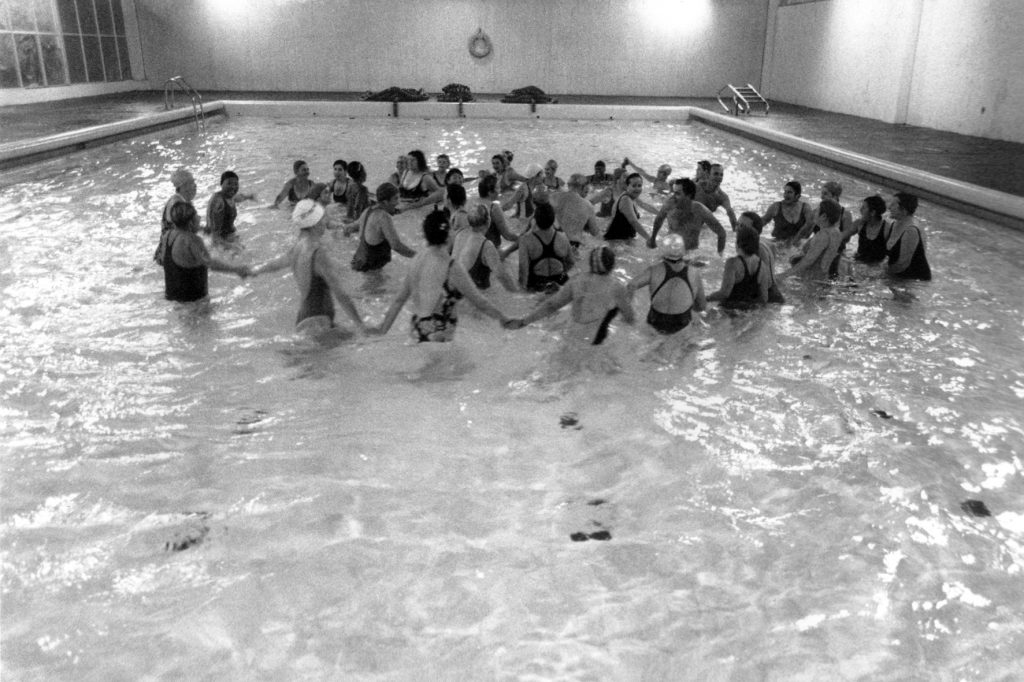On May 28, 2025, the Challenge Day Campaign will celebrate its 30th anniversary with the theme “30 Years of Movement,” reinforcing its commitment to promoting physical activity and well-being. Led by TAFISA with support from ISCA and UNESCO, the campaign is coordinated in the Americas by Sesc São Paulo, bringing together over 3,500 organizations in 14 countries to inspire movement as a universal right, accessible anytime and anywhere.
Aligned with the WHO’s Global Action Plan on Physical Activity (GAPPA), Challenge Day 2025 promotes more active societies, environments, systems, and individuals. This edition introduces the “5% More Active” manifesto, an initiative by Sesc SP inviting mayors in São Paulo to commit to reducing physical inactivity by 5% during their terms, with an annual target of 1.25%.
With the motto “30 Years of Movement,” the campaign emphasizes that physical activity should be available to all, regardless of time or place. Through Sesc units and partners, it fosters a more active and healthier community, encouraging movement as an essential part of everyday life.
“30 Years of Movement” – Celebrate this milestone!
May 28 • 2025
#ChallengeDay

The starting point
The winter of 1983 in Saskatoon, Canada, was especially cold. Thinking about the residents’ wellbeing, the mayor Clifford Wright suggested that they left their houses and went for a walk around the block. The idea was to get people active and warm while in movement. In the following year, Clifford invited the neighbor city and both made the walking at the same time. The essence of Challenge Day was created!
In 1990, TAFISA – The Association For International Sport for All– started promoting the event worldwide and gained more connections. In 1995, Sesc São Paulo begun to coordinate the activities in Brazil and a few years later in Latin America. Nowadays, Sesc São Paulo coordinates the event in the entire American Continent.
Mayor Clifford and the Saskatoon citizens could never, ever, imagine that 20 years later, Challenge Day would mobilize over 43 million people, in 3.469 cities all over Americas (data 2017)
Are you ready?
Sesc São Paulo holds the event for the first time in Brazil in partnership with The Association For International Sport for All (TAFISA). Pelé (at that time the Minister of Sport) attended the launching ceremony and the cities match-up, stating that the idea was “to incentive all Brazilians to practice sports.”
In a single phrase, the mayor of São José dos Campos – SP – Brazil expressed the essence of the event: “It is a great fun. It makes people remember that life is more than just working.”
SESC SP holds the coordination of Challenge Day in Latin America.
The campaign receives the institutional support of UNESCO (United Nations Education, Science and Culture Organization) and ISCA (International Sport and Culture Association).
SESC SP is in charge of the coordination of Challenge Day in the American Continent.
In Brazil, the National Congress receives the proposal of the law project 1300 requesting the creation of the National Challenge Day, to incentive the daily practice of physical activity and sport.
In 2011, Challenge Day reached the record of participants in all editions – 4,023 communities – and 63.611.208 persons – in the American Continent.
On April 5, Law No. 13.645/18 was enacted, establishing the National Challenge Day.
Due to the Covid-19 pandemic, Challenge Day took place entirely online. Additionally, the end of competition between cities was defined.
Goals for the triennium were defined: re-signify spaces for sports practice, train agents involved in the process, promote contact between partner institutions, establish an impact evaluation process for the project, commit partners to campaign objectives, and give visibility to projects demonstrating conceptual alignment with the campaign.